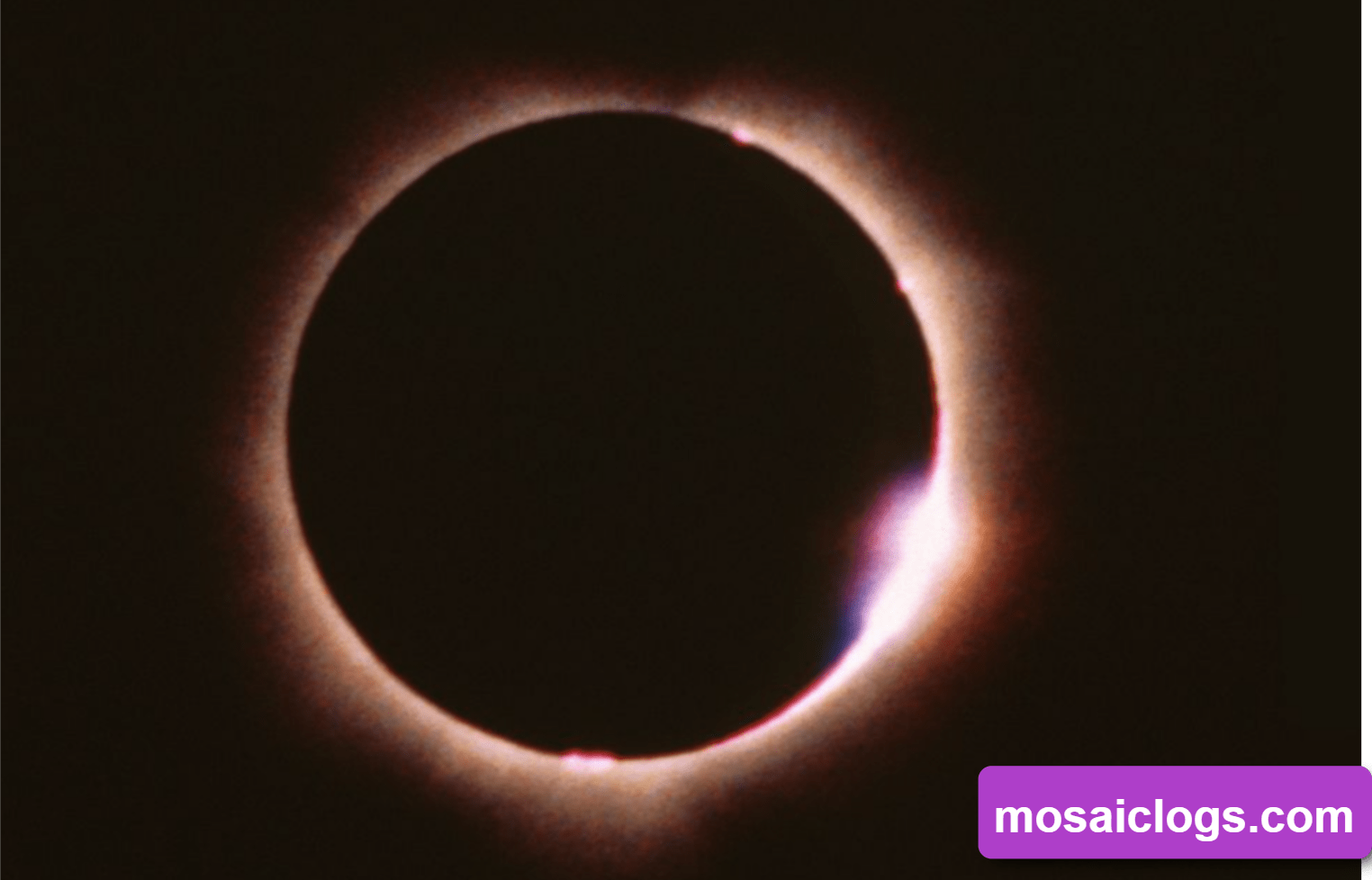The upcoming solar eclipse is scheduled for October 2, 2024. This will be an annular solar eclipse, visible in parts of the Pacific Ocean, southern Chile, and southern Argentina. During an annular solar eclipse, the moon covers the center of the sun, leaving a “ring of fire” visible around the edges.
Details of the Annular Solar Eclipse
An annular solar eclipse occurs when the moon is at its farthest point from Earth (apogee), making it appear smaller and unable to completely cover the sun. This results in the distinctive ring of sunlight surrounding the dark moon. For the October 2, 2024 eclipse, only about 175,000 people will experience this full effect, with the path of annularity stretching through Argentina and Chile.
Visibility and Viewing
To observe the full annular eclipse and see the “ring of fire,” viewers need to be within the path of annularity. Those just outside this path will witness a partial solar eclipse, where the moon will seem to take a “bite” out of the sun. For an interactive map detailing the eclipse’s path, French eclipse expert Xavier Jubier has created a useful tool.
Current Solar Eclipse Status
As of now, there is no solar eclipse happening today. The next opportunity to witness a solar eclipse will be on October 2, 2024.
Types of Solar Eclipses
Solar eclipses are classified into four types based on the alignment of the sun, moon, and Earth:
- Total Solar Eclipse: The moon completely covers the sun.
- Partial Solar Eclipse: Only a portion of the sun is obscured by the moon.
- Annular Solar Eclipse: The moon covers the center of the sun, leaving a “ring of fire” visible.
- Hybrid Solar Eclipse: A rare combination of total and annular eclipses.
Upcoming Solar Eclipses
- October 2, 2024: Annular solar eclipse visible in parts of South America.
- March 29, 2025: Partial solar eclipse visible in NW Africa, Europe, and Northern Russia.
- September 21, 2025: Partial solar eclipse visible in the South Pacific, New Zealand, and Antarctica.
- February 17, 2026: Annular solar eclipse visible in South Argentina, Chile, South Africa, and Antarctica.
- August 12, 2026: Total solar eclipse visible in North America, Western Africa, and Europe.
Safe Viewing Practices
Never view the sun directly without proper eye protection. Use special eclipse glasses or solar filters designed for safe solar observation. Basic sunglasses, even with UV protection, are inadequate. For indirect viewing, a pinhole camera can be an easy and effective tool.
